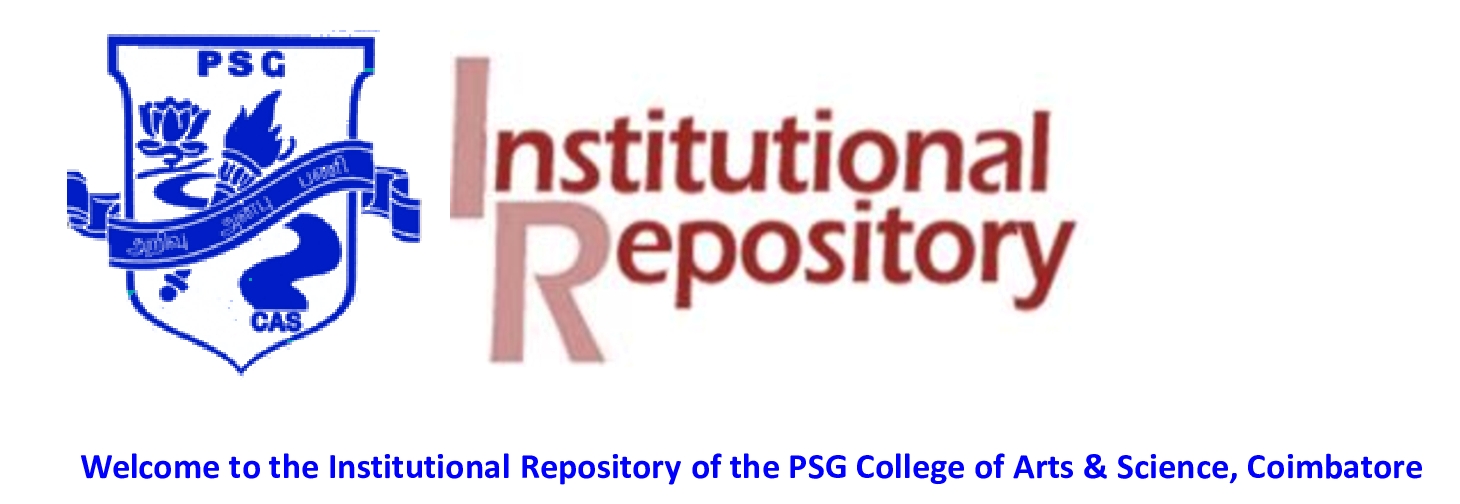Sakthivel, K M and Rasmia, Rajan Radha and Vishnupriya, Selvaraj and Priya Dharshini, L C and Ramesh, B (2021) Modulation of multiple cellular signalling pathways as targets for anti-inflammatory and anti-tumorigenesis action of Scopoletin. Journal of Pharmacy and Pharmacology, XX (XX). pp. 1-15.
46. SCOPOLETIN PAPER 2021.pdf - Published Version
Download (1MB)
Abstract
Objectives Scopoletin (6-methoxy-7-hydroxycoumarin) is a naturally occurring coumarin belonging
to the category of secondary metabolites. Coumarins are commonly found in several herbs and
play a prominent role in the defense mechanism of plants. Beneficial effects of scopoletin including antioxidant, anti-diabetic, hepatoprotective, neuroprotective and anti-microbial activity
induced via numerous intracellular signalling mechanisms have been widely studied. However,
anti-inflammation and anti-tumorigenesis properties of scopoletin are not well documented in the
literature. Therefore, the primary focus of the present review was to highlight the plethora of research pertaining to the signalling mechanisms associated with the prevention of the progression
of disease condition by scopoletin.
Key findings Multiple signalling pathways like nuclear erythroid factor-2 (NEF2)-related factor-2
(NRF-2), apoptosis/p53 signalling, nuclear factor-κB (NF-κB) signalling, autophagy signalling,
hypoxia signalling, signal transducer and activator of transcription-3 (STAT3) signalling, Wnt-β
signalling, Notch signalling are coupled with the anti-inflammation and anti-tumorigenesis potential of scopoletin.
Summary Understanding crucial targets in these molecular signalling pathways may support the
role of scopoletin as a promising naturally derived bioactive compound for the treatment of several diseases.
| Item Type: | Article |
|---|---|
| Uncontrolled Keywords: | scopoletin; coumarin; inflammation; cancer; signalling; pharmacological property |
| Depositing User: | Dr. B Sivakumar |
| Date Deposited: | 22 Jul 2022 08:45 |
| Last Modified: | 22 Jul 2022 08:45 |
| URI: | https://ir.psgcas.ac.in/id/eprint/1341 |


 Altmetric
Altmetric Altmetric
Altmetric